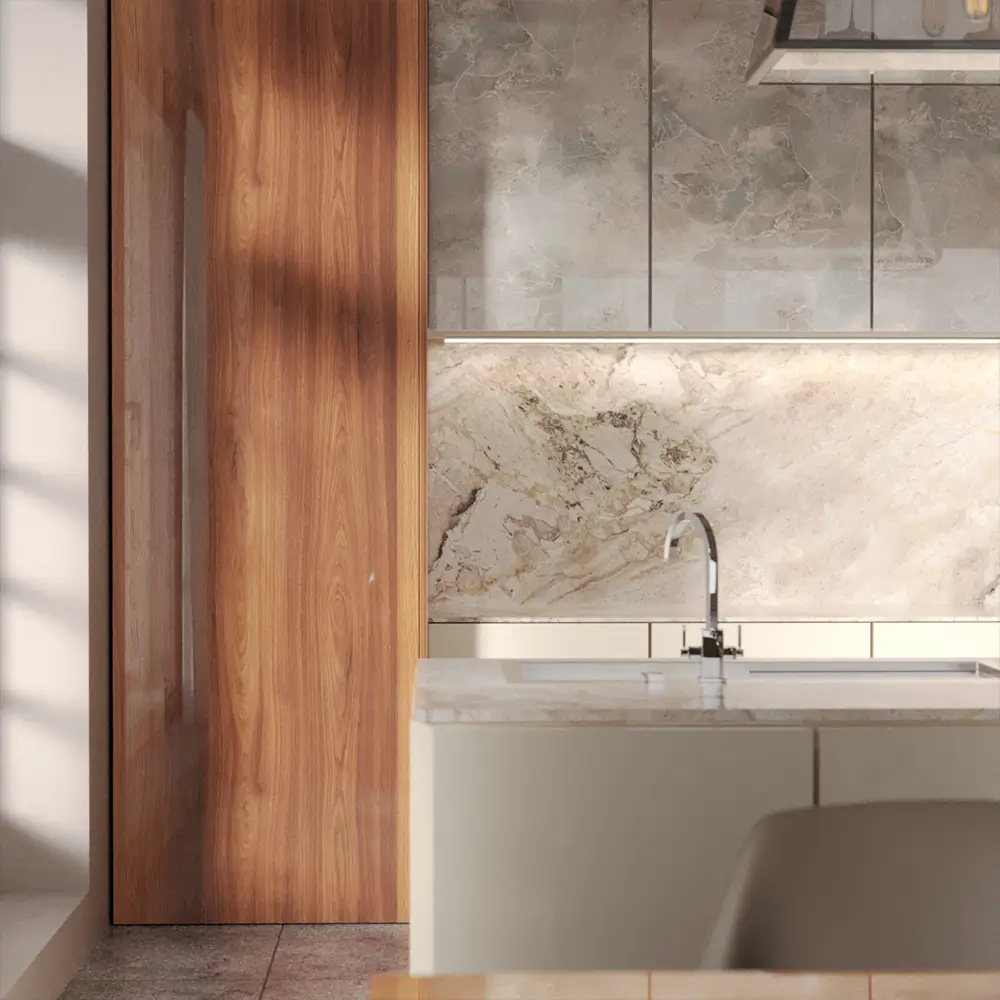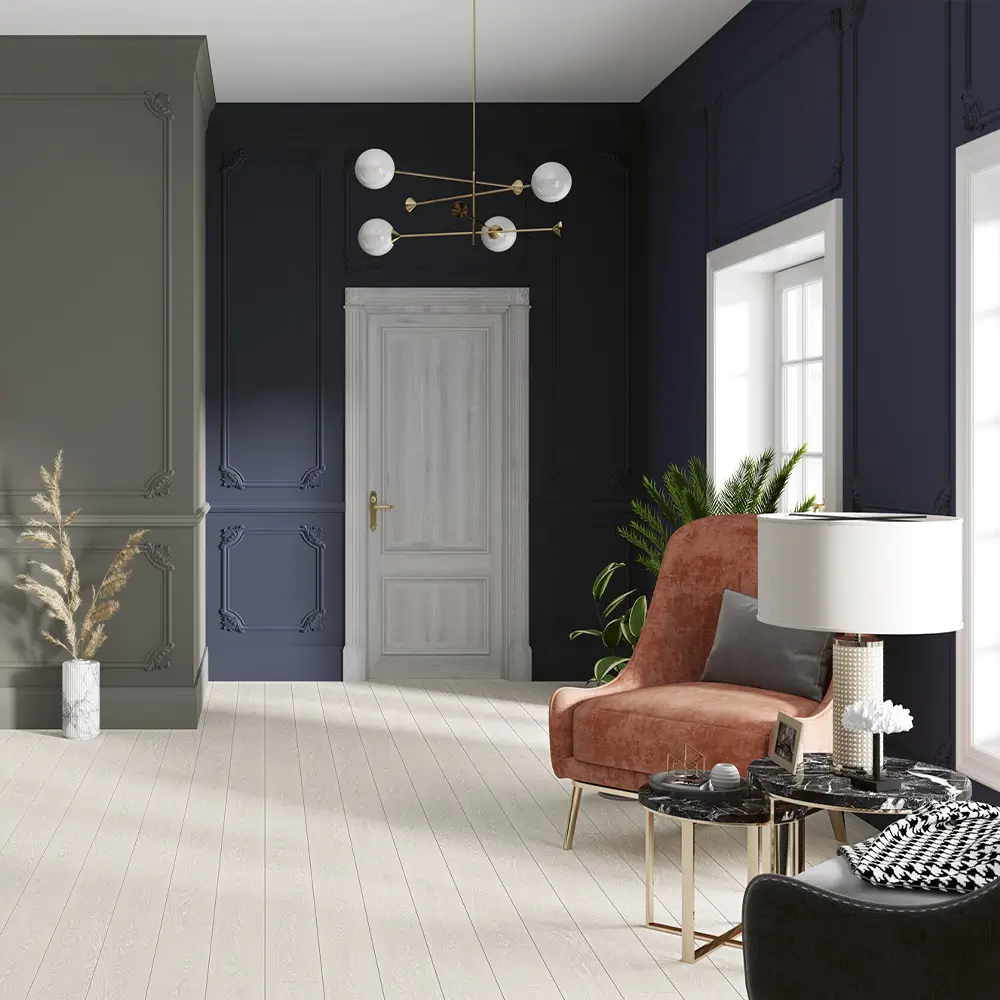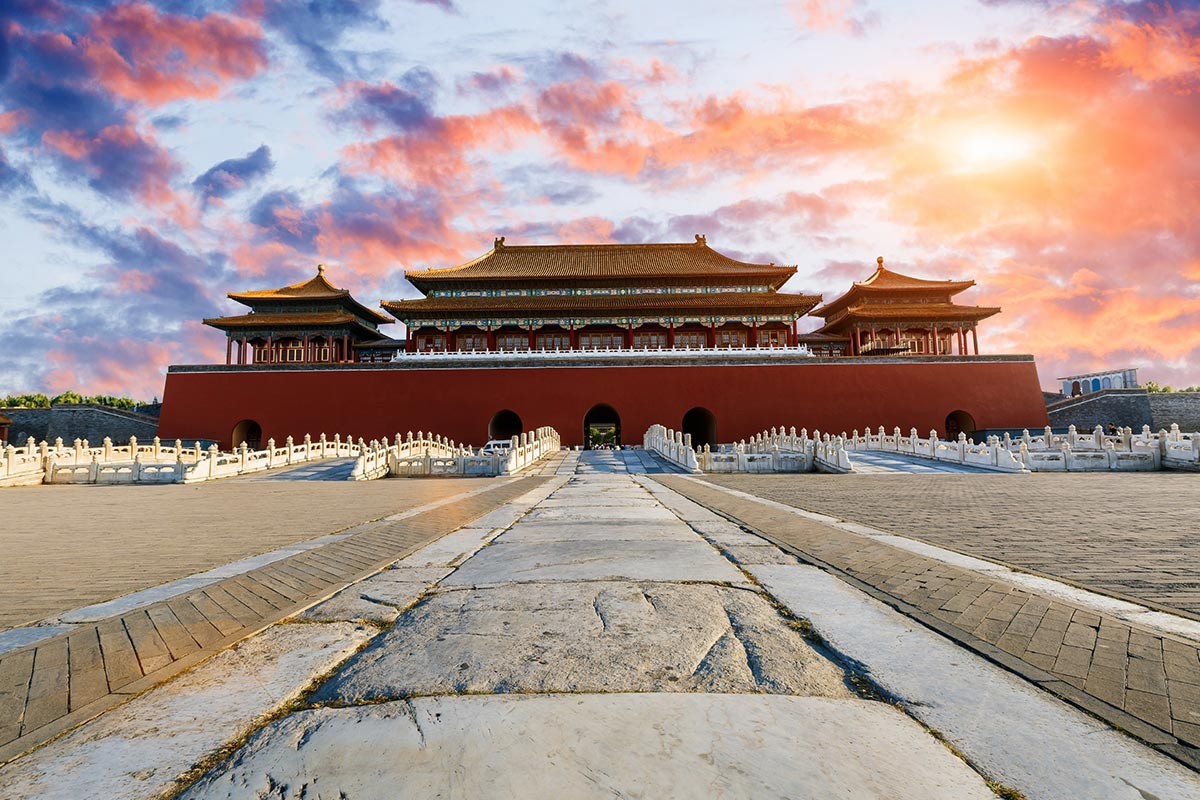
Category
inspiring ideas
inspiring ideas
The Forbidden City, the world's largest, oldest, and best-preserved collection of wooden buildings and wooden palaces, is a complex imperial palace consisting of 980 buildings used from the Ming Dynasty to the end of the Qing Dynasty, located in the very center of Beijing city.
The Forbidden City, which served twenty-four Chinese Emperors, is spread over an area of 720 thousand square meters. The Forbidden City, which reflects examples of typical Chinese architecture, has been protected as a UNESCO World Heritage Site since 1987 thanks to its historical texture. The city got its name because it was forbidden to enter without permission from the Emperor.
In the beginning, the Emperor and his family lived close to the people, but in the following years, conflicts arose between the people and the empire and the gates were closed to the public. The public was completely banned from entering the city in the 1600s and so the royal palace complex became known as the Forbidden City.
The Forbidden City ceased to be the political center of China when the last Qing Emperor, Puyi, was deposed during the revolution of 1911-1912. Forbidden to the Chinese people for hundreds of years, the city was reopened to the public in 1925.
The Forbidden City, which is now used as a museum, is the most visited museum in the world. The museum exhibits nearly one million works of art, including Chinese history, traditional art, paintings, sculptures, imperial treasures and important collections.
All buildings in the Forbidden City are built on stone blocks, which provide good insulation from soil moisture. The columns that rise from the stone foundations and support the roofs are made of very hard and durable wood, transported by canals from southern China.
Among the 980 buildings in the Forbidden City, three mansions attract more attention than other buildings. These structures are the Supreme Harmony Mansion, the Central Harmony Mansion and the Harmony Preservation Mansion. The Grand Harmony Mansion, the largest of the mansions, is the main palace of the emperor.
China's largest surviving wooden palace structure, the Mansion of Supreme Harmony was built during the Ming dynasty, destroyed by fire seven times during the Qing dynasty and rebuilt for the last time between 1695 and 1697.
Over the years, the Forbidden City has become a symbol of the tension between the empire and the people, hence its name, and today it is a tourist attraction visited by millions of people. The Forbidden City, where wood was used as the main construction material, looks like a wooden palace that will continue to maintain its splendor for centuries to come.
Human Focus in Architecture: Well-Being
PREVIOUS
Bauhaus School and Today's Understanding of Design
NEXT


